Battery technology: Rolling VS Stacking | Battery Monday
There are two battery production processes: rolling and stacking. Today's Battery Monday is going to educate you on that process and explain the difference between them.
Rolling Method
Almost all of the cylindrical and most of the polymer batteries on the market are produced using the rolling method. The rolling method uses four layers of material stacked on top of each other in the order of negative electrode, separator, positive electrode, and separator. They’re then rolled into a cylinder.
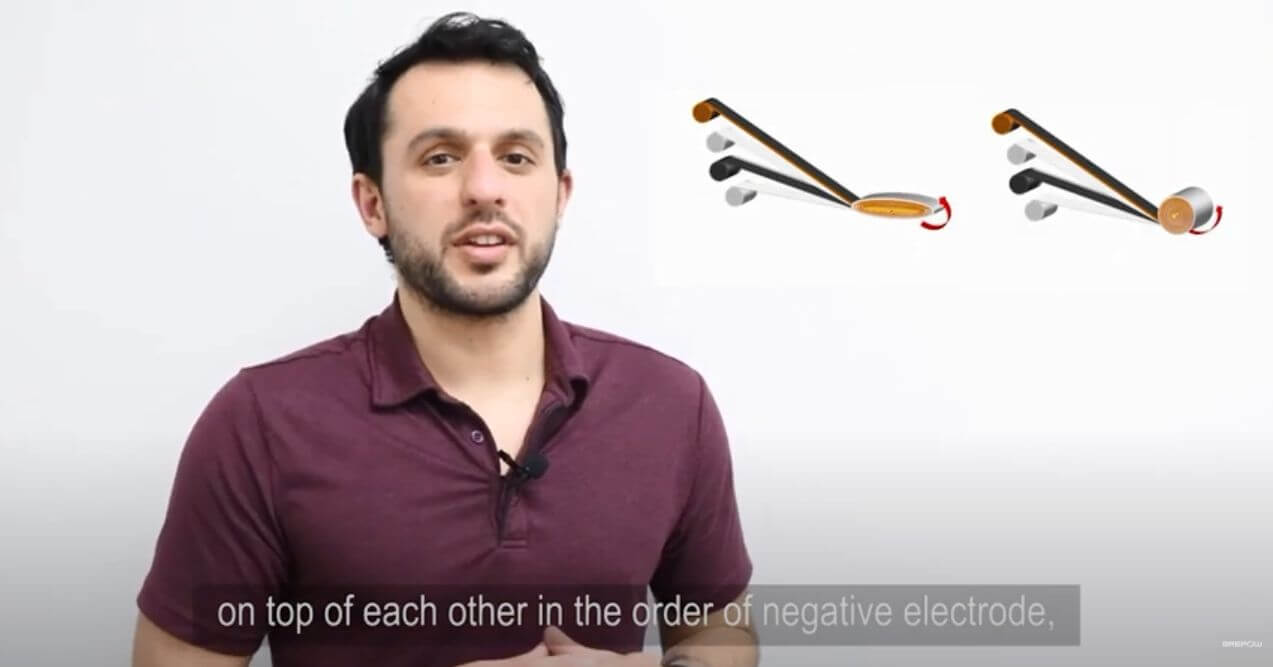
Cell rolling Technology | Battery Monday | Grepow
Z-stacking Method
The Z-stacking method is a newer production method that utilizes cut out anodes and cathodes that are stacked layer by layer in the order of negative, separator, positive, separator, negative, etc.
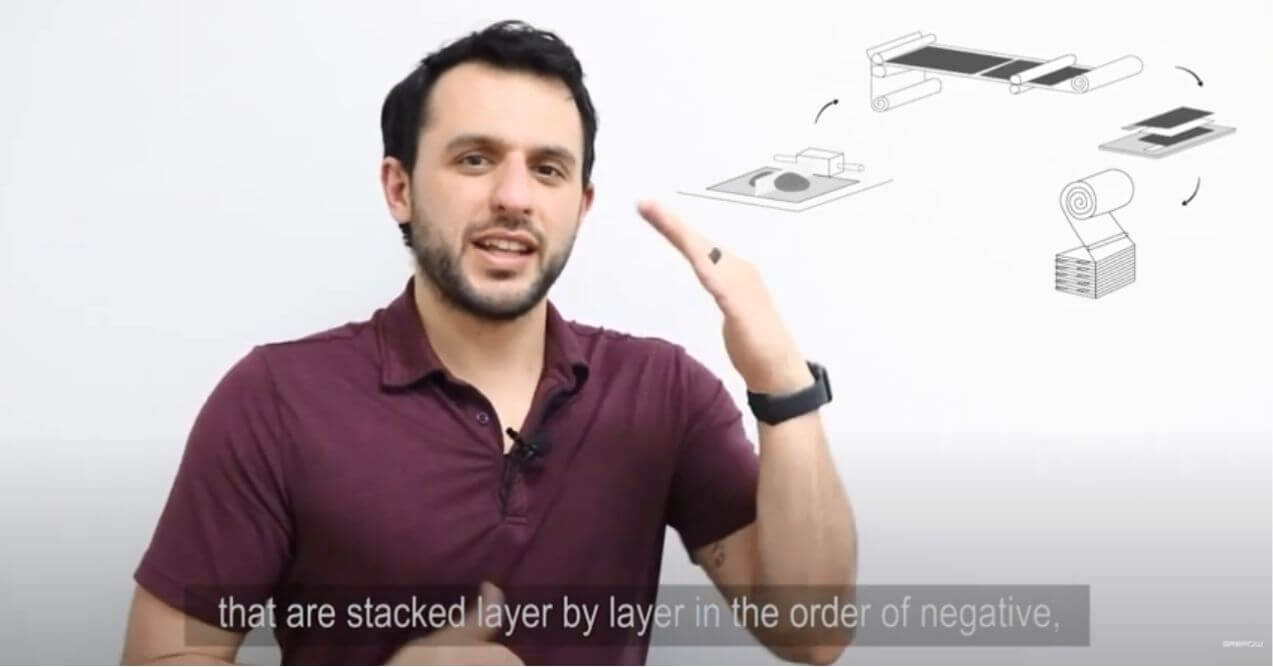
Cell Z-stacking Technology | Battery Monday | Grepow
Difference
These two processes have different advantages and disadvantages.One large disadvantage lies in lithium polarization, which occurs at the corners of the folds during charging, causing the effective active materials of the battery to not become fully activated, thus reducing the energy density of the battery, and reducing the cycle performance especially at faster charging rates. This causes a significant safety hazard, but the stacking cell structure avoids this problem fundamentally by not having corners: the surface of the poles is flat, the contact between the poles and the diaphragm is better, the interface reaction is uniform, and the capacity of the active substance is given full play.
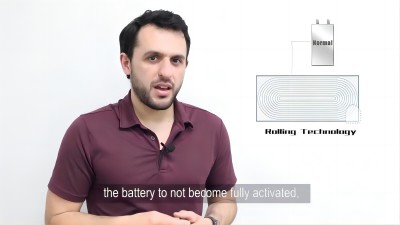
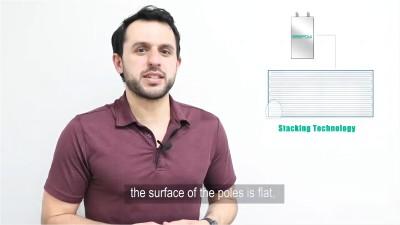
Due to the structure of the cells, rolled batteries have a lower discharge and charging rate compared to their Z-stacked counter parts. This in turn affects the internal resistance of the battery. The different internal resistances will cause the battery to generate different amounts of heat and the battery capacity to drop at different rates; obviously, the stacked cells will fall more slowly. The stacking process is also equivalent to connecting multiple poles in parallel, making it easier to discharge high currents quickly.The rolling structure limits the creative ability of engineers as the batteries must maintain a specific size compared to their counterpart where any shape is a possibility. In terms of production, the winding cell is much easier to operate and can be done quickly, whether semi-automatically or fully automatically. The stacking process is more complex, most of the stacking process is currently semi-automatic.
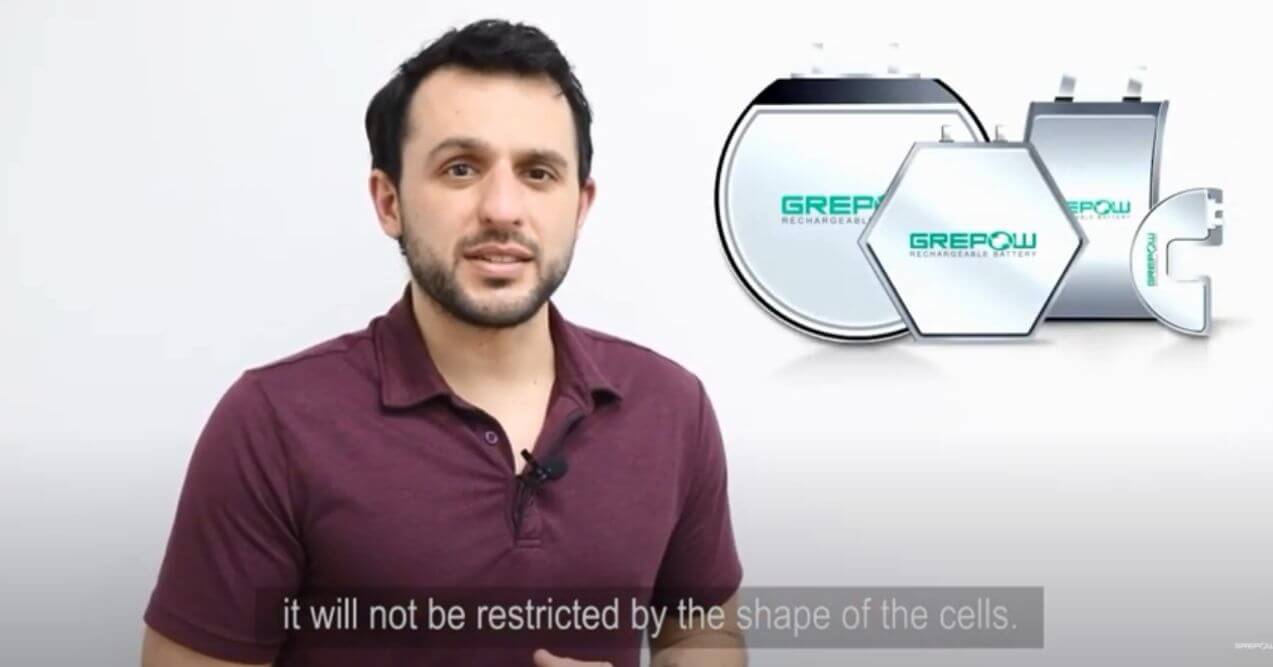
Shaped battery | Battery Monday | Grepow
Conclusion
Overall, the internal resistance of the stacked cell is lower, and it has greater advantages in large current discharge and charging. At the same time, it will not be restricted by the shape of the cells. and the fact remains that the stacked cells have a higher potential for further development.
Video
Learn More About Grepow
This is all that we’re covering today. If you have any questions about today’s topic or have any battery-related things you want to know, please feel free to contact us by email at info@grepow.com. Or if anything what we could improve and what you will be willing to learn, email us, we will read the comment and provide a high-quality battery knowledge tutorial.
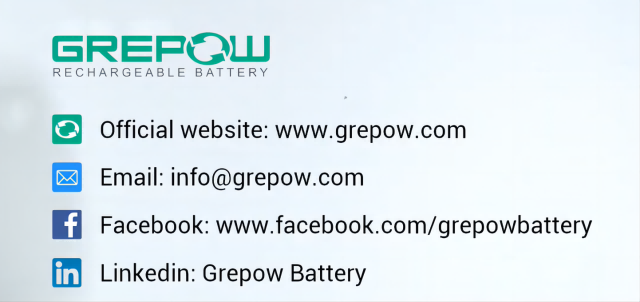
Grepow official website: https://www.grepow.com/ We would keep updating the Battery Monday every Monday!
Related Articles
-

How to Choose Lithium Batteries for Cold Weather?
2024-09-19 -
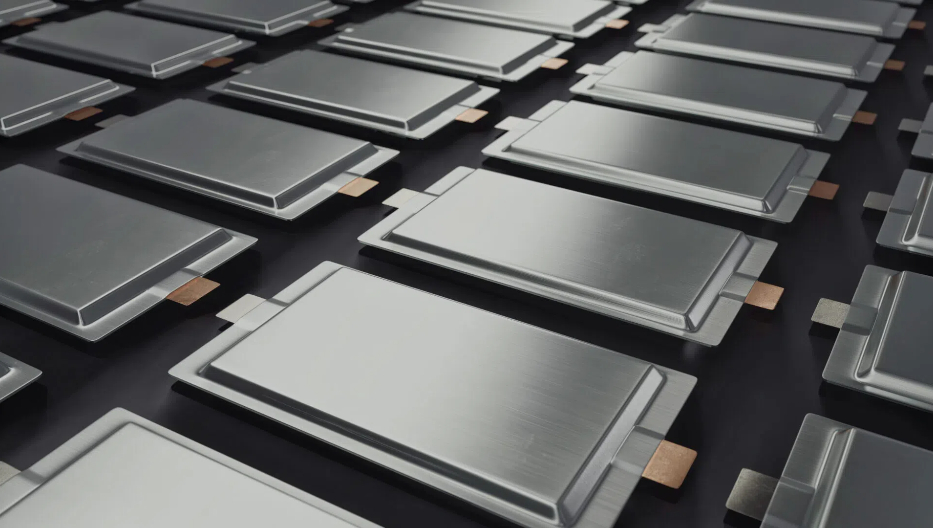
Next-Generation eVTOL Battery Technology
2024-08-22 -
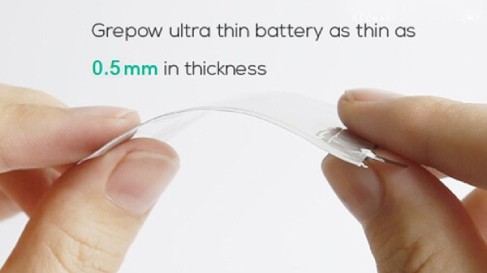
What Is an Ultra Thin LiPo Battery?
2024-07-19
Related products
-
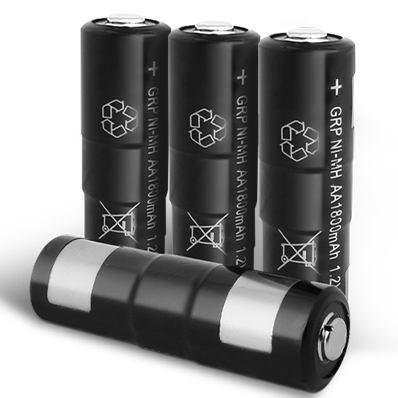
VR/AR Gamepad NiMH Battery ODM/OEM
-

45C High Discharge Battery - High C Rate LiPo
-
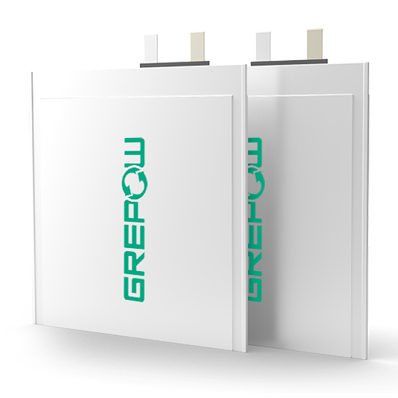
Pouch Ultra Thin Lipo Battery

















































